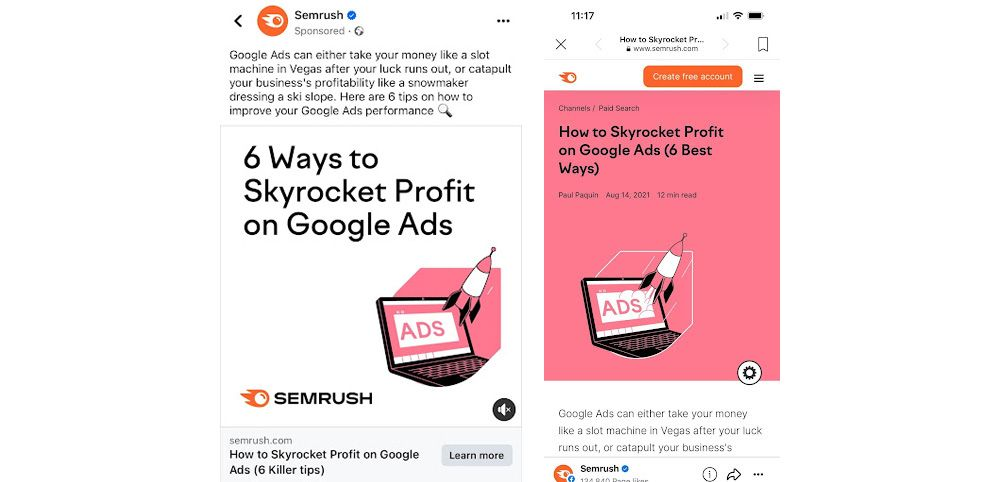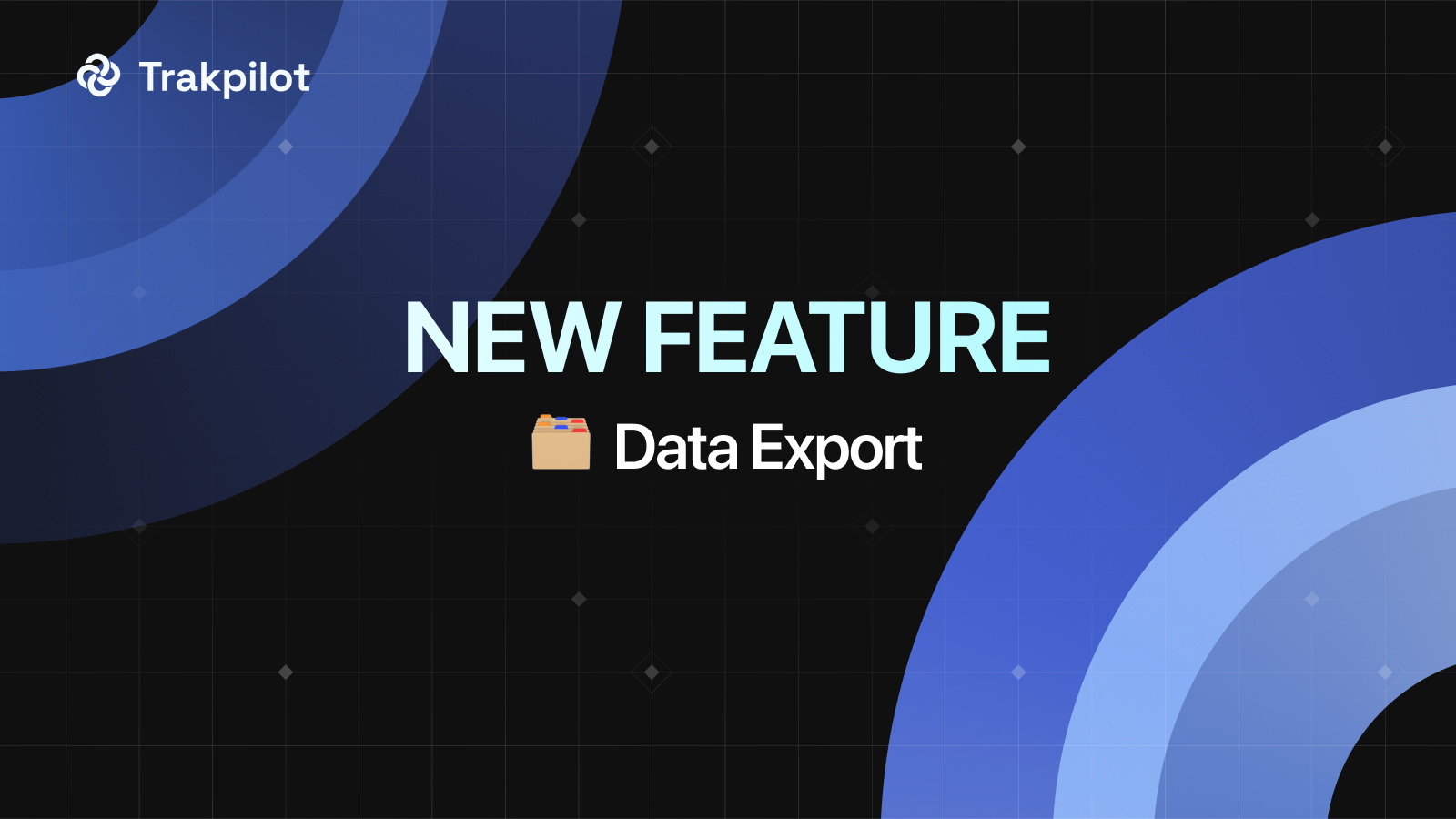Facebook Ads Not Converting? Top 14 Reasons and How to Fix Them
Facebook advertising is an important tool for reaching and engaging with potential customers. However, ads don’t always achieve the desired results. One common issue is that Facebook Ads not converting. Here are the 14 common reasons, and some tips to help advertisers increase their conversion rates.
Why are My Facebook Ads Not Converting?
Wondering why your Facebook ads are not converting? Here are some potential reasons and solutions to help you improve your campaign performance.
1. Incorrect Audience Targeting
Your Facebook ads might not be converting because they are reaching the wrong audience. This happens when the targeting settings are not well-defined, causing your ads to be shown to people who are not interested in your product or service.
For example, if you’re selling high-end fitness equipment but your ads are shown to a broad audience without specific fitness interests or purchasing power, they may not convert well. You might be targeting all adults in a country, but only a small segment is interested in premium fitness equipment.
Solution:
Use detailed targeting options to refine your audience based on interests, behaviors, and demographics:
- Interests: Target people interested in fitness, gym equipment, etc.
- Behaviors: Focus on those with specific purchasing behaviors or lifestyle choices.
- Demographics: Narrow down by age, gender, income level, etc.

2. Landing Page is Not Optimized for Conversions
The first place to look when your Facebook ads are not performing well is your landing page. Your ads may be enticing, you might be getting many messages and clicks to your website, but if your landing page is not optimized for conversions, lacks compelling CTAs, and has unconvincing content, it will be difficult for users to make a purchase.
Solution:
Try putting yourself in your customer’s shoes and consider making the following changes:
- Compare your ads and landing page side by side to ensure you are maintaining consistency in your messaging.
- Check the page speed and user experience on mobile devices.
- Ensure the conversion actions on the page are easy for customers to complete. Are the CTAs compelling enough?

3. Technical Issues with Facebook Pixel
If your Facebook Pixel is not set up correctly, you may not be tracking conversions accurately. This can lead to incorrect data and ineffective optimization.
Incorrectly installed pixels leading to missing conversion data, which can result in poorly optimized ads.
Solution:
- Ensure your Facebook Pixel is correctly implemented and functioning.
- Regularly check for any tracking issues.
- Use Facebook’s Pixel Helper tool to diagnose and fix any pixel-related problems, ensuring accurate data collection and optimization. Proper pixel setup can improve conversion tracking accuracy by 40%.

If you’re having trouble setting up your pixel correctly, consider using Two Owls to simplify the process. Two Owls - Omega Facebook Pixels is an app designed specifically for setting up Facebook Pixels, making installation easier and less time-consuming.

4. Unattractive Ad Creative
Low-quality images or videos can deter engagement. Visual appeal is crucial for grabbing attention on Facebook, where users scroll through their feeds quickly.
A poorly lit, blurry image of your product may not capture attention or convey professionalism, causing users to scroll past your ad without a second thought.
Solution:
- Use high-quality, engaging visuals.
- Ensure your ad creative is visually appealing and relevant to your audience. For instance, use professional photography or well-produced videos to highlight your product’s features.

5. Weak Ad Copy
If your ad copy is not compelling or clear, it may fail to convince users. The text in your ad needs to communicate the value of your product or service effectively.
Ad copy that says, “Buy our product, it’s great!” without explaining why it’s great or what problem it solves. This leaves potential customers confused and unmotivated.
Solution:
Write clear, concise, and persuasive ad copy. Highlight key benefits and include a strong call-to-action (CTA). For example, “Transform your fitness routine with our state-of-the-art equipment. Limited-time offer: 20% off. Order now!” This clearly communicates the product’s value and motivates the user to act. Effective ad copy can improve conversion rates by up to 45%.

6. Unclear Value Proposition
Users may not understand the benefits of your product or service. If the unique value or advantages of your offering are not clear, users won’t be motivated to convert.
For instance, an ad for a skincare product that doesn’t explain how it improves skin health, leaving users uncertain about why they should purchase it.
Solution:
- Clearly communicate the value proposition in your ads.
- Focus on what makes your offering unique and beneficial. For example, “Achieve glowing skin with our all-natural, dermatologist-approved formula. See results in just 2 weeks!”

7. Insufficient Budget
A low budget can limit your ad’s reach and frequency, preventing it from being seen by enough people to generate significant conversions.
Allocating a minimal budget that only allows your ad to run for a few hours a day, which might not be enough to gather sufficient data or reach your target audience effectively.
Solution:
- Evaluate your budget and consider increasing it if necessary.
- Ensure your budget aligns with your campaign goals. For instance, increase your budget to at least $50 per day during peak times when your target audience is most active to maximize exposure and engagement. According to Facebook, increasing your daily budget by 20% can improve ad reach and conversions.
>>> Learn More: Facebook Ads Budget Guide + Free Profit Calculator
8. Incorrect Bidding Strategy
Using the wrong bidding strategy can affect your ad’s performance. Different campaign objectives require different bidding strategies to optimize results.
Choosing a bidding strategy focused on clicks when you aim to maximize conversions can lead to a high number of clicks but few actual purchases.
Solution:
- Review your bidding strategy to ensure it aligns with your campaign goals.
- Test different bidding options to find what works best. For example, if your goal is conversions, use a bidding strategy that optimizes for conversions rather than clicks. This can help ensure that your budget is spent more efficiently on users likely to convert. Facebook suggests using Conversion-optimized bidding for better results, which can increase conversion rates by up to 30%.

9. High Competition
If you are in a highly competitive market, it may be harder to stand out, leading to your Facebook Ads not driving any sales. Competitors might be outbidding you or offering more attractive deals.
Advertising a new smartphone in a market dominated by well-known brands with larger budgets and established customer bases.
Solution:
- Differentiate your ads by highlighting unique selling points.
- Consider using retargeting to reach users who have previously engaged with your brand. For instance, emphasize unique features or benefits that competitors don’t offer, such as superior battery life or exclusive apps. Differentiating your ad can increase your click-through rate (CTR) by up to 20%.
10. Ad Relevance and Frequency
Ads that are not relevant to your audience or shown too frequently can lead to ad fatigue, causing users to ignore them, resulting in “Facebook Ads no conversions”.
Showing the same ad multiple times to users who have already engaged with it, leading them to become annoyed or bored.
Solution:
- Monitor your ad relevance score and make adjustments as needed.
- Rotate your ads regularly to keep them fresh. For example, create multiple versions of your ad and rotate them to maintain user interest. Adjust your targeting to show different ads to users who have already seen your initial ad. Keeping Facebook ad frequency under 2 per week can maintain higher engagement levels.
11. Slow Landing Page Load Times
A slow-loading landing page can lead to high bounce rates, as users are likely to leave before the page fully loads.
A landing page that takes more than a few seconds to load, causing users to leave due to impatience or frustration.
Solution:
Optimize your landing page speed to ensure quick load times. Use tools like Google PageSpeed Insights to identify and fix issues. For example, compress images, leverage browser caching, and minimize code to improve load times and retain user interest.

12. Ineffective Ad Placement
Your ads might not be appearing in the most effective placements, limiting their visibility and engagement.
Running ads only on the right-hand column which might have lower visibility compared to News Feed or Stories placements.
Solution:
Experiment with different ad placements (e.g., Facebook News Feed, Instagram Stories, Audience Network) to see which performs best. For example, try running ads in the mobile News Feed if you’re targeting a younger audience, as they are more likely to engage with ads on mobile devices.
13. Lack of Social Proof
Users may be hesitant to convert without seeing social proof, such as reviews or testimonials, which can build trust and credibility.
Ads that don’t include reviews, testimonials, or user-generated content might not be convincing enough for potential customers.
Solution:
Include testimonials, reviews, or user-generated content in your ads to build trust and credibility. For instance, showcase customer reviews or highlight the number of satisfied customers to reassure potential buyers. Use quotes from happy customers or display ratings to enhance your ad’s appeal.

Use Two Owls - Omega Pixels to Improve Facebook Ads Conversion
Skipping or incorrectly setting up the Facebook Pixel can lead to poor tracking and optimization. The Facebook Pixel is crucial for understanding user behavior and improving ad targeting.
Two Owls - Omega Facebook Pixels, available on Shopify, Wix and Shopline, is a powerful tool designed to enhance the performance of your Facebook ads. By allowing you to manage multiple Facebook pixels, this app ensures more accurate tracking and reporting of user interactions on your site. This precision in data collection helps you optimize your ad campaigns, making it easier to retarget potential customers and ultimately improve your conversion rates.
Key features like custom event tracking provide deep insights into specific user actions, such as product views and purchases. This allows you to retarget high-intent users with precision. Additionally, the ability to handle multiple pixels lets you test and optimize various ad strategies simultaneously.

Facebook Ads No Conversions FAQs
Below are some frequently asked questions to help you understand and address common issues when your Facebook ads fail to generate conversions.
How long does it take for Facebook Ads to start converting?
The time it takes for Facebook ads to start converting can vary widely based on factors like your target audience, ad quality, and budget. Generally, you might start seeing some conversions within the first week, but it can take up to a month to fully optimize your ads for better performance.
What is a good conversion rate on Facebook ads?
A good conversion rate for Facebook ads, based on industry benchmarks, is around 10% or higher. This indicates strong performance compared to the average conversion rate of 9.21% across different sectors.
Wrap up
By understanding and addressing common issues such as weak CTAs and messaging, incorrect Meta pixel setup, insufficient budget, and inadequate conversion time, we can increase the success rate of Facebook ad campaigns. Ensure that you pay attention to these factors and take the necessary steps to optimize your ads. With patience, knowledge, and experimentation, you can effectively reach and convert potential customers on this popular advertising platform.
Read More: Facebook Ad Not Delivering: 6 Common Issues and How to Fix Them

Trakpilot New Feature: Export Your Conversion Events Data

Shopify Analytics Discrepancies: What’s Actually Happening?
Introducing Real-time TikTok event testing - Omega TikTok Pixels

Event Match Quality: Definition, Benchmarks & How to Improve It



